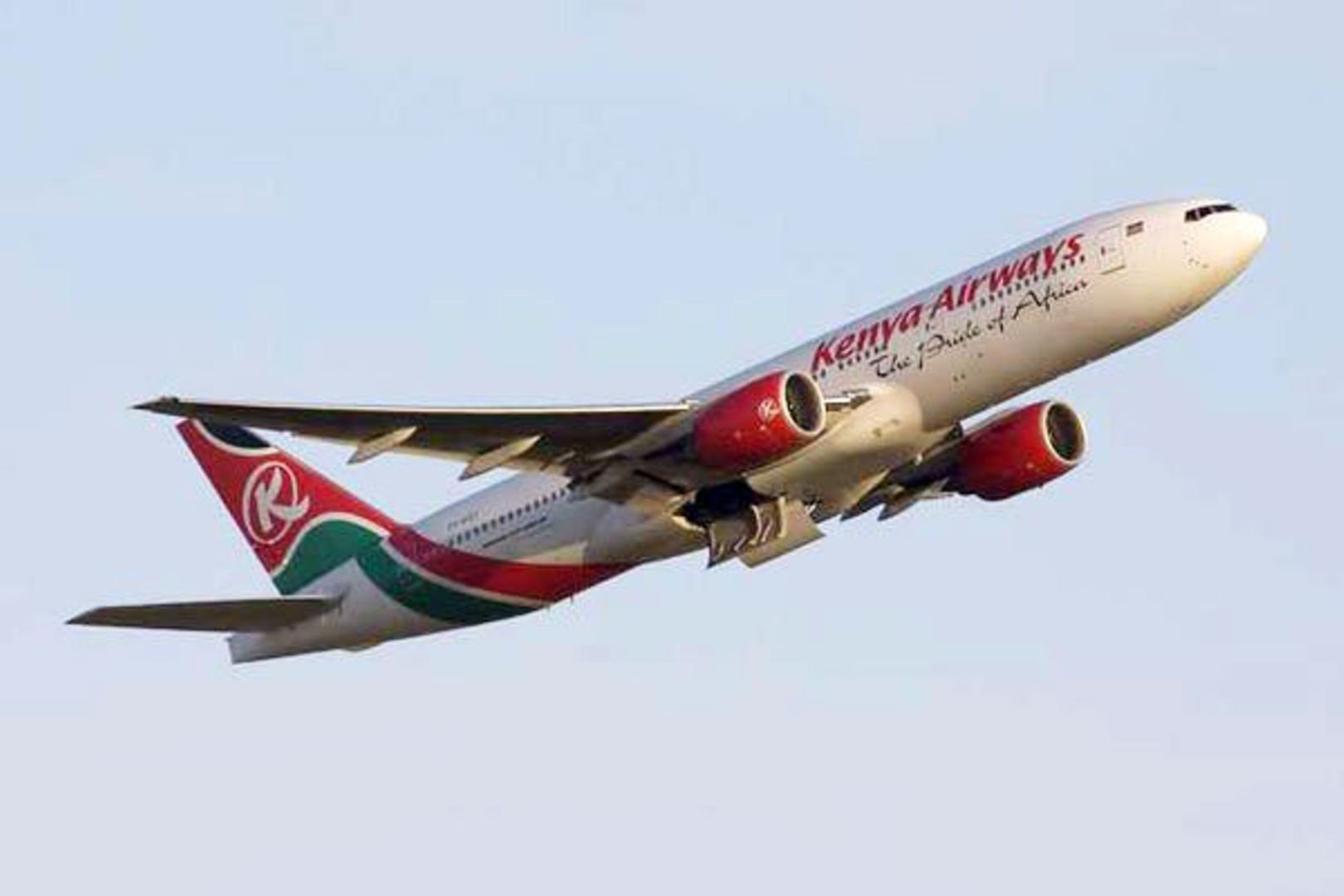Why URA missed collection target

The manufacturing, among other sectors, stagnated which in part affected the revenue collections for the financial year 2016/17. This is according to URA. FILE PHOTO
KAMPALA- Uganda Revenue Authority (URA) is putting on a brave face, indicating that revenue collections have grown, however, behind all that is a shortfall of Shs458b.
In 2016/17, URA collected Shs12.7 trillion - about 14 per cent of Gross Domestic Product - against a target of Shs13.1 trillion. This leaves a deficit of Shs458b.
For the third time in the last four financial years, URA has missed the collection target.
The 2016/17 shortfall is enough to fund the entire budget for the expenditure of Parliament during the financial year.
Missing the target, according to URA officials was mostly because of the sluggish growth of the economy.
“Whereas the FY 2016/17 outturn was lower than projected collections by Shs457.51b, this performance was realised amidst sluggish economic growth recorded at 3.9 per cent against a projected growth of 5 per cent. This led to an estimated revenue loss of Shs236.69b,” Ms Doris Akol, the URA Commissioner General told reporters in Kampala on Monday.
Uganda’s economy grew below expectation in part because of the drought that led to a rise in food prices.
This affected the agricultural sector. Manufacturing stagnated and the services segment posted slow growth.
This was further heightened by the high lending rates that prevented companies from borrowing and the non-performing loans that forced banks to lend less to the private sector.
At the start of the financial year, the projection was that borrowing by the private sector would expand by an ambitious 16.6 per cent.
However, credit uptake grew by only 4 per cent meaning businesses either had to go slow on expansion or reduce staff numbers and production.
“Since most of the companies and businesses depend on credit to conduct business and pay taxes; reduction in private sector credit affected their profitability leading to the shortfall of Shs197.15b in corporation tax,” Ms Akol noted.
Only the construction and wholesale sectors recorded higher growth rates in corporation tax – a form of income tax charged on profits of a company.
The financial services and manufacturing registered slower growth in profits in 2016/17 whereas the ICT sector slumped to negative growth.
The impact on profitability, according to Ms Akol, was also contributed by slow demand by customers who re-assessed their spending needs.
That reduced on the cash-flows of companies, affecting taxes such as Pay As You Earn, VAT and Withholding tax.
URA reveals that several companies had filed tax returns but not paid taxes at the end of 2016/17.
The tax measures contained in the 2016/17 Budget Speech delivered Shs137b yet the projection was Shs360b.
Implications on spending
Due to the lower revenues collected in 2016/17, implementation of government projects has been affected.
“Implementation of the budget for FY 2016/17 has been encumbered by lower-than programmed revenue and external financing,” reads the April 2017 monetary policy report from Bank of Uganda.
Government expenditure with two months left to end of the financial year was Shs2.5 trillion short of what was planned due to lower domestic and external revenue shortfalls. Additionally, of the Shs2.7trillion domestic arrears, the government only raised Shs142.7b.
The government was also forced to borrow more than the Shs671b it had projected for the entire 2016/17 financial year.
According to the May 2017 Performance of the Economy Report, in the first quarter of 2016/17, the government borrowed Shs676b - the entire amount projected for the whole financial year. By the end of May 2017, domestic borrowing was valued at Shs1.025 trillion.
New Shs15 trillion target
URA has a target of Shs15 trillion in the 2017/18 financial year, which Ms Akol described as a stretch.
“With many of the Tax policy measures being revenue reducing measures, the financial year 2017/18 target is a stretch target based on some assumptions some of which have already not materialised,” she said.
Performance
URA performance in recent years:
2016/17: Shs458b shortfall
2015/16: Shs404b shortfall
2014/15: Shs139b surplus
2013/14: Shs503b shortfall




